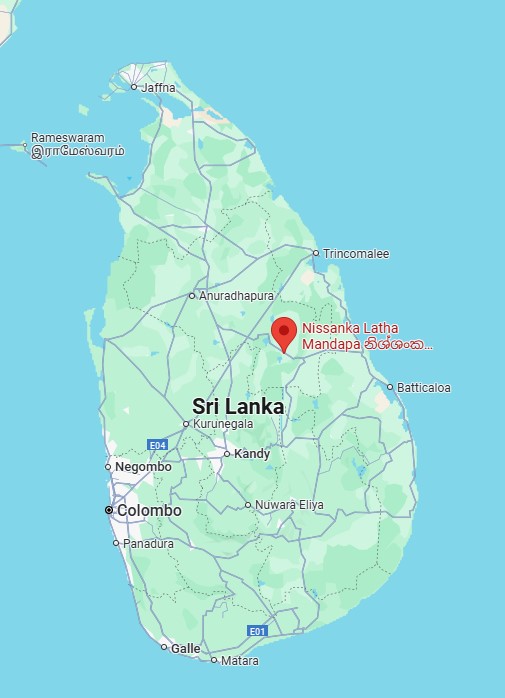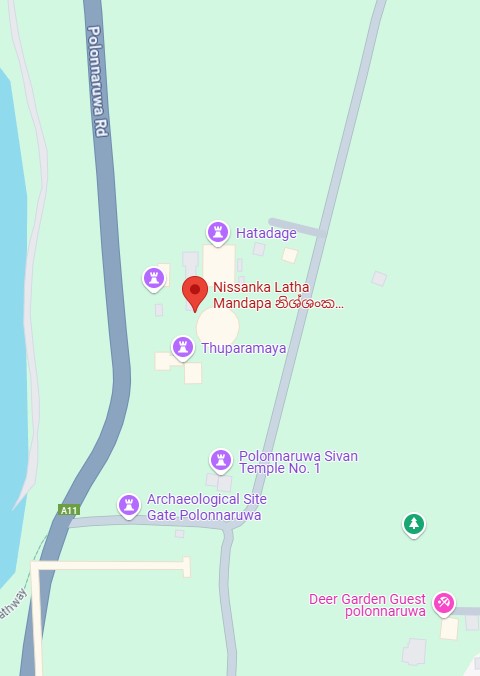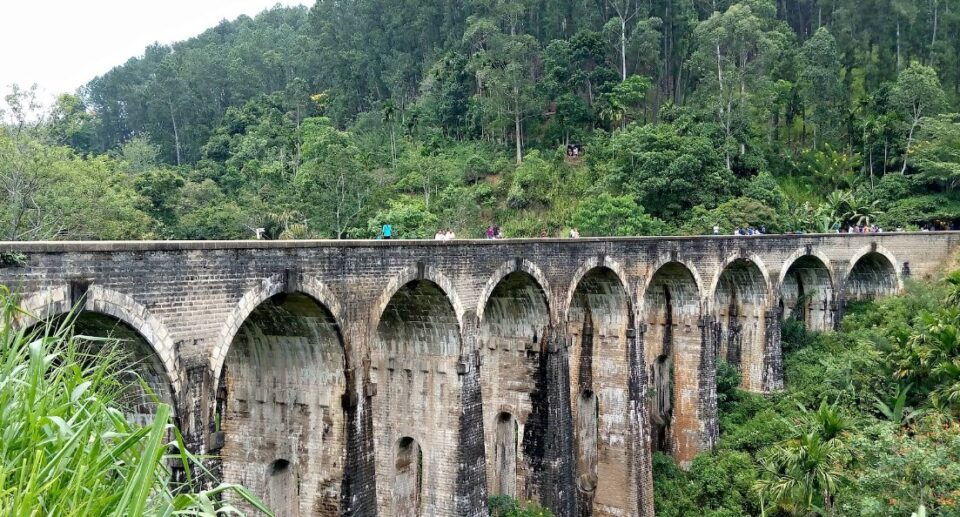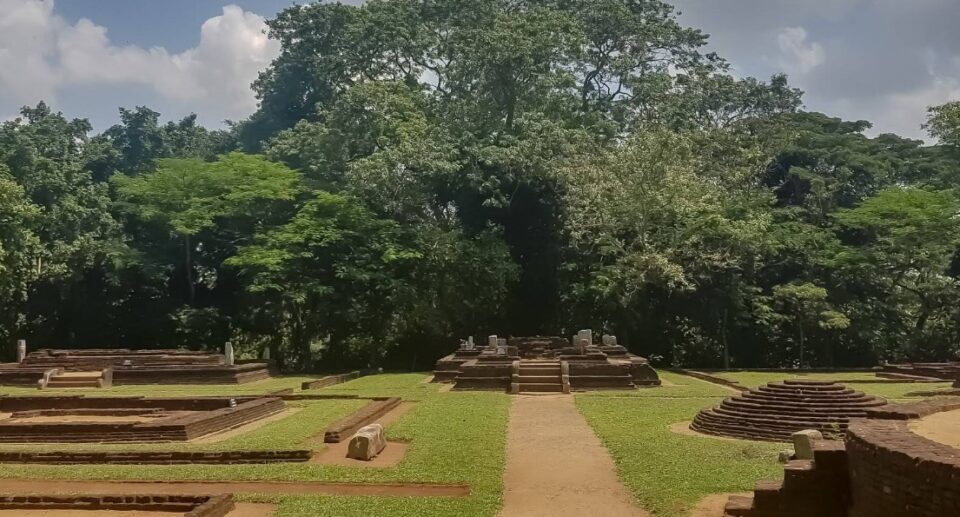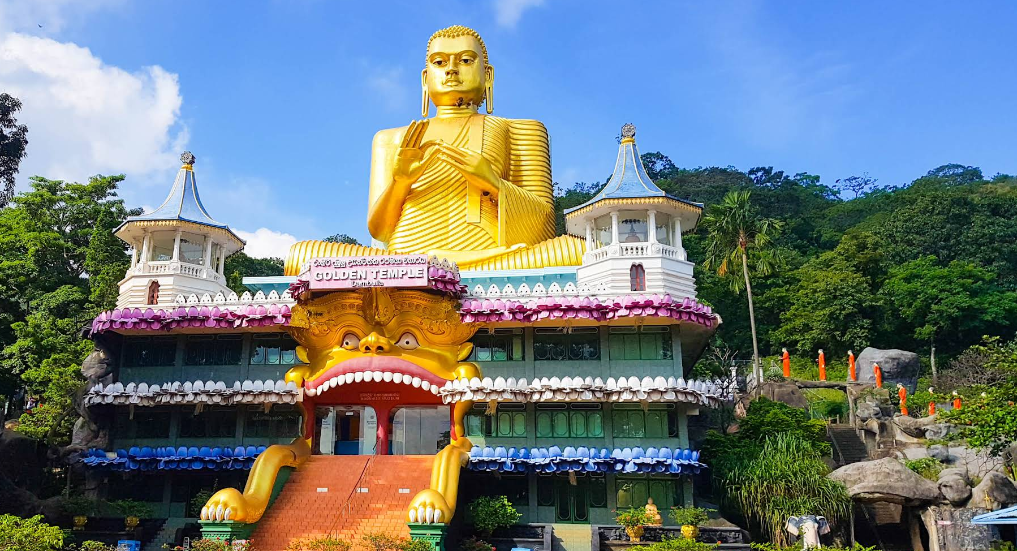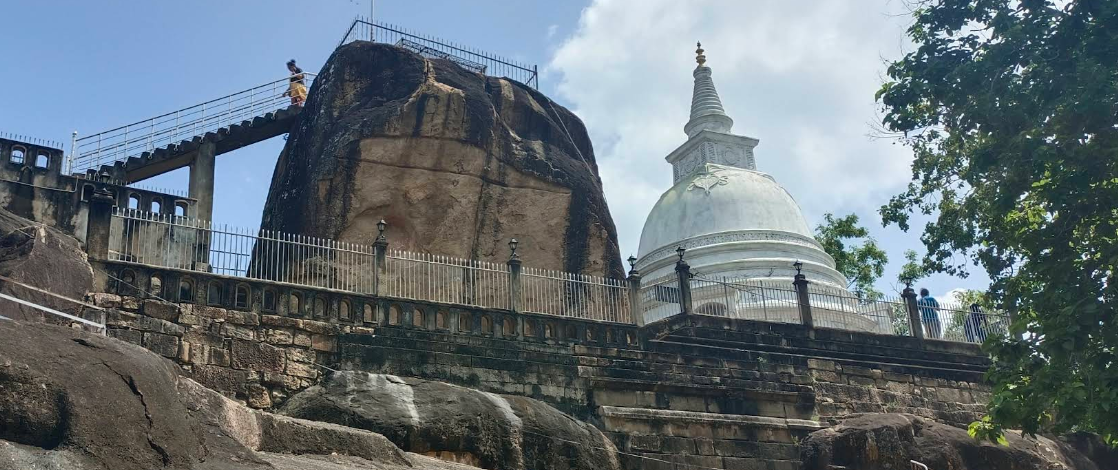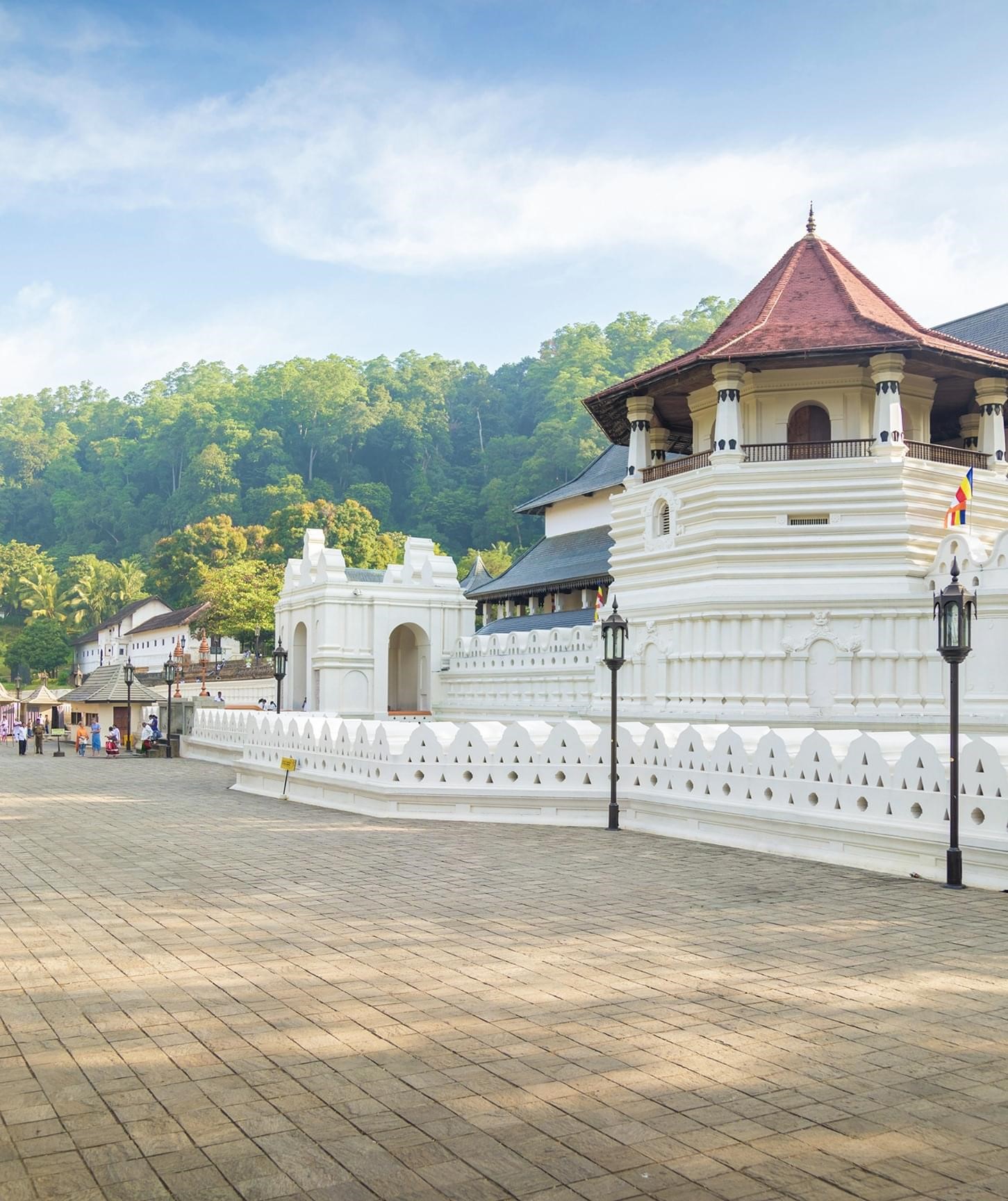Nissanka Latha Mandapaya: A Unique Jewel of Polonnaruwa’s Sacred Heritage
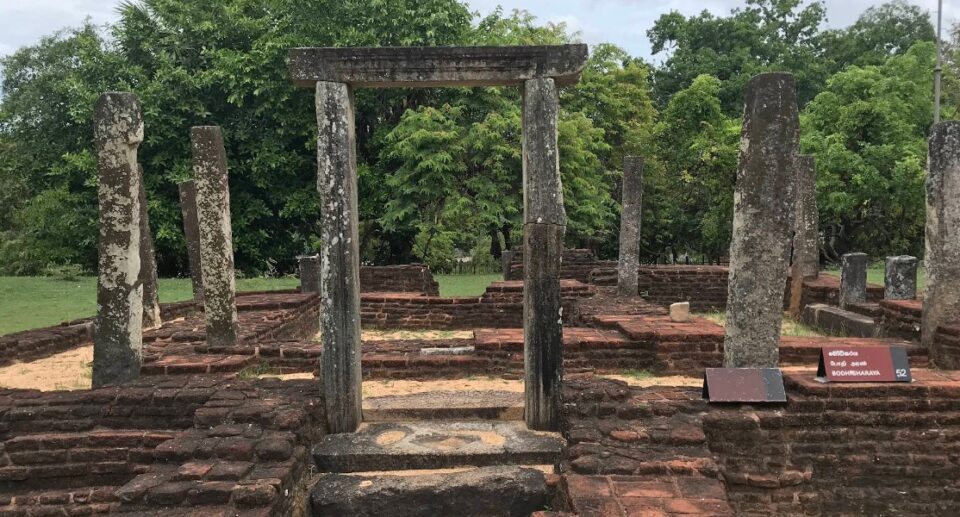
Tucked away in the ancient city of Polonnaruwa, a UNESCO World Heritage Site in Sri Lanka, the Nissanka Latha Mandapaya is a lesser-known yet highly significant architectural marvel that gives deep insight into the island’s cultural and religious heritage. Defined by its beautifully sculpted stone columns, each shaped like a stylized lotus stem, this structure is a testament to the artistic refinement and religious devotion of the Sinhalese civilization of the Polonnaruwa period.
Built during the reign of King Nissanka Malla (1187–1196 AD), Nissanka Latha Mandapaya is both a religious monument and a testament to pioneering architecture. Comparatively small in scale compared to some of the more extensive ruins it stands amidst, its elegance, striking design, and symbolic nature render it one of the most interesting structures in Sri Lanka’s historic collection.
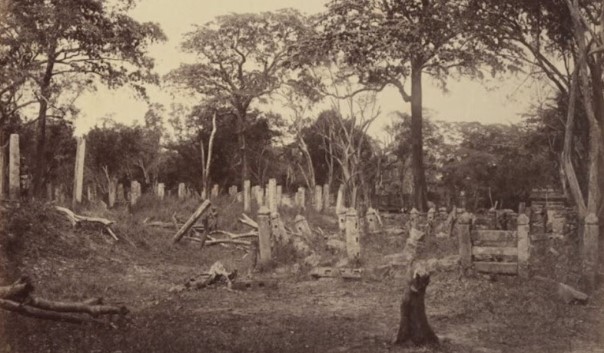
Historical Background
Nissanka Latha Mandapaya dates to the 12th century CE, when Polonnaruwa was the bustling capital of the kingdom of the Sinhalese. Following the fall of Anuradhapura, Polonnaruwa had emerged as the political and cultural center of Sri Lanka. Rulers of the successive kingdoms undertook grandiose construction activity—building stupas, monasteries, and public works—that testified to the wealth of the kingdom and its commitment to Theravāda Buddhism.
King Nissanka Malla, whose patronage the Nissanka Latha Mandapaya was constructed, was a great king who had his origin in the Kalinga dynasty of India. He was renowned for his immense contributions to religion, art, and architecture. He embarked on a mission to establish the legitimacy of his rule by propagating Buddhism and constructing religious edifices. His reason for building the Nissanka Latha Mandapaya is believed to have been to possess a dedicated place for reciting Buddhist scriptures (Pirith), which testifies to his own religiosity and the importance of Buddhist rituals at that time.
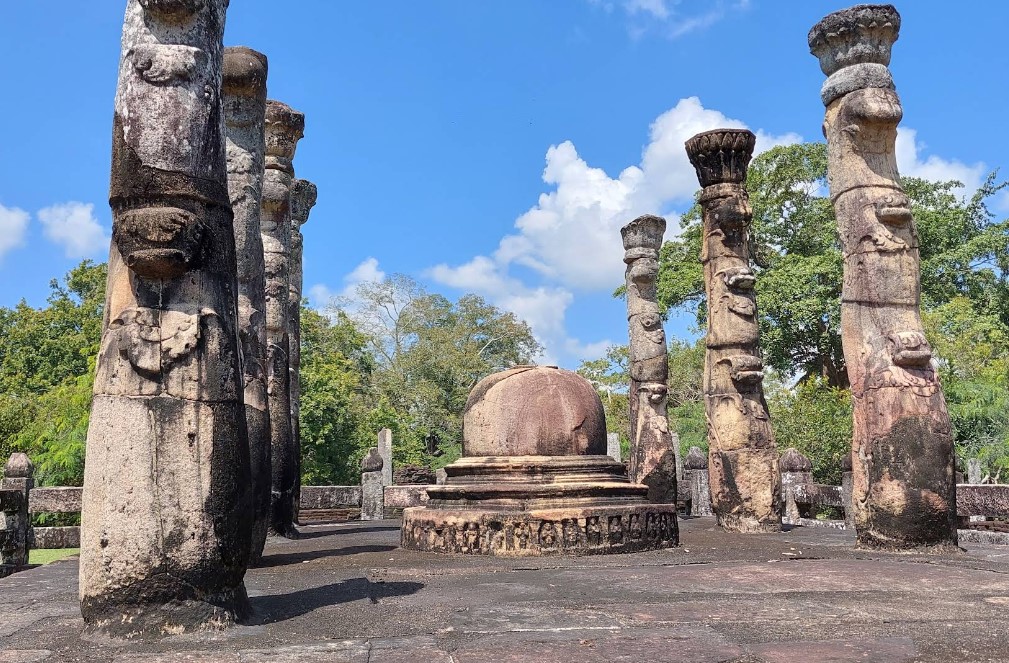
Architectural Features
The most prominent feature of the Nissanka Latha Mandapaya is its innovative design, which has no direct parallel in Sri Lankan architecture.
Layout: The structure stands on a raised rectangular stone platform, which is surrounded by a low wall. Towards the center of this platform is a small stupa-like structure, which was either a relic or a focal point for worship.
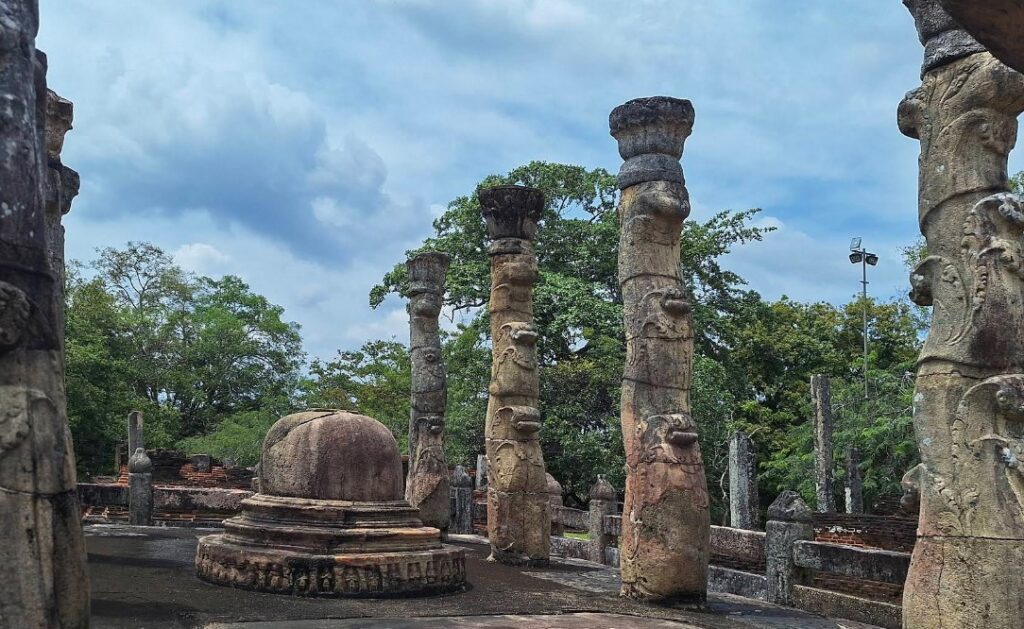
Pillars: Eight granite pillars, symmetrically arranged in two rows around this central shrine, are lotus stalk-shaped, curving slightly outwards at the top to form the shape of the emerging of a lotus flower—hence the name “Latha”, meaning “creeper” or “vine” in both Sinhala and Sanskrit.
These pillars are not vertical but, instead, bend slightly, a rare stylistic feature in stone architecture. The top of each pillar is crowned with an intricately carved capital, further contributing to the elegance of the building.
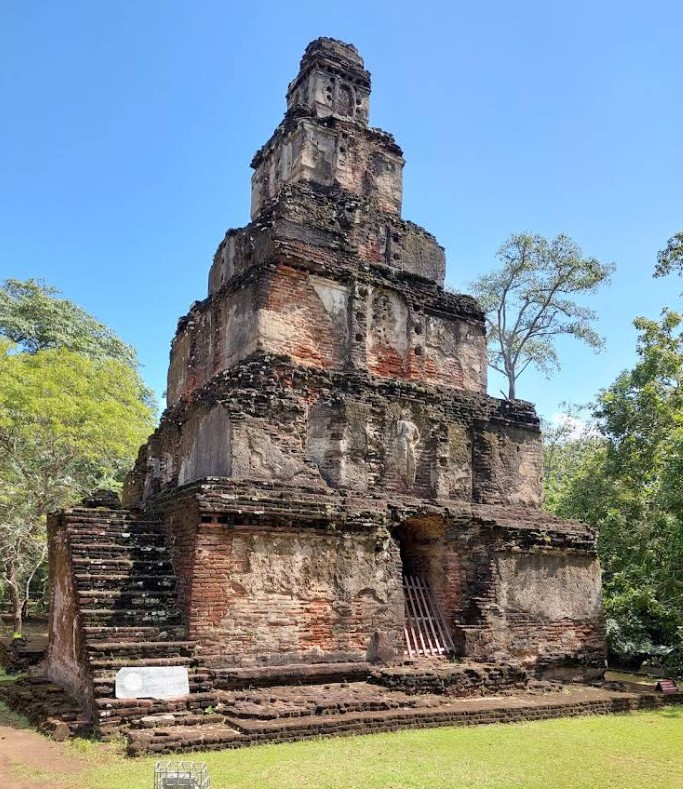
Roof: Even though the building lacks a roof, scientists speculate that a wooden or tiled roof made of lightweight material could have been supported by the stone pillars.Inscriptions: Stone inscriptions near the structure vouch for the edifice’s association with King Nissanka Malla and describe its function as a platform to chant Pirith (protective Buddhist scriptures).
Symbolism and Religious Significance
Every detail of the Nissanka Latha Mandapaya is symbolic:
The lotus is a sacred Buddhist symbol of purity, enlightenment, and spiritual awakening. Its presence in Mandapaya architecture signifies the sanctity of the building and its adherence to divine wisdom.
The tilted pillars, resembling blossoming lotuses, can symbolize the spiritual upward growth of the individuals chanting or listening to Pirith within the mandapaya. As a plant grows towards light, the soul too ascends towards enlightenment through devotion and prayer.The central stupa-like structure would have been the religious focal point of the mandapaya, symbolizing the Buddha or his teachings. Its position in the center is a reflection of the Buddhist cosmological principle of the Dharma being the axis of existence.
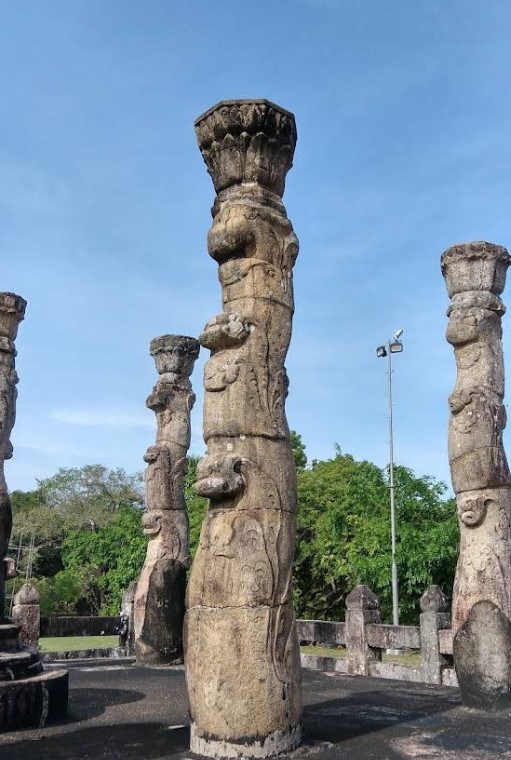
Cultural and Historical Significance
Relatively small in size, the Nissanka Latha Mandapaya is nonetheless enormous in cultural significance:Architectural Innovation: It is the only instance in Sri Lanka where stone pillars have been intentionally curved to represent natural shapes. This makes it a masterpiece of artistic experimentation and innovation.
Royal Patronage: As a direct commission of King Nissanka Malla, it illustrates the inseparability of religion and kingship. Kings were not just political rulers but also custodians and propagators of the Buddhist religion.
Ritual Function: The Mandapaya served as a sacred sound space—a place where monks chanted Pirith for blessing, protection, and spiritual merit. This continues to be practiced to this day in the majority of Sri Lankan homes and temples.
Cultural Legacy: The aesthetics and symbolism of the Mandapaya continue to inspire Sri Lankan architects and artists today who attempt to incorporate tradition with innovation.
Tourism and Preservation
The Nissanka Latha Mandapaya is one of the highlights in the Polonnaruwa Archaeological Site, a site that is a highlight of the Sri Lankan Cultural Triangle tour (the other two sites being Anuradhapura and Kandy).
Accessibility: As it is near the Royal Palace complex, it is easily accessible to visitors walking through the ruins of the ancient city.
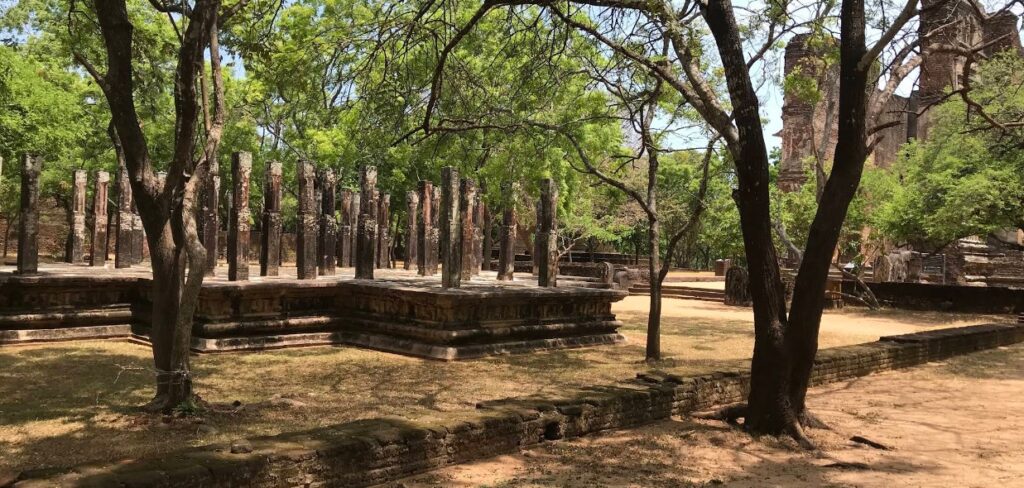
Tourist Experience: Visitors are generally astonished at the artistic beauty of the building. Despite being 800 years old, the edges of the pillars are sharp, and the detailing is extremely well preserved.
Preservation Efforts: The Sri Lankan Department of Archaeology, in cooperation with UNESCO, has taken steps to preserve the site by restricting access, carrying out conservation work, and educating visitors.
The Nissanka Latha Mandapaya may not have perhaps the sheer size of some of the other Sri Lankan ancient structures, but it more than compensates in its sheer beauty, symbolic depth, and historical importance. Built under the patronage of King Nissanka Malla, it is a singular piece of religious architecture that is both innovative and devotional.
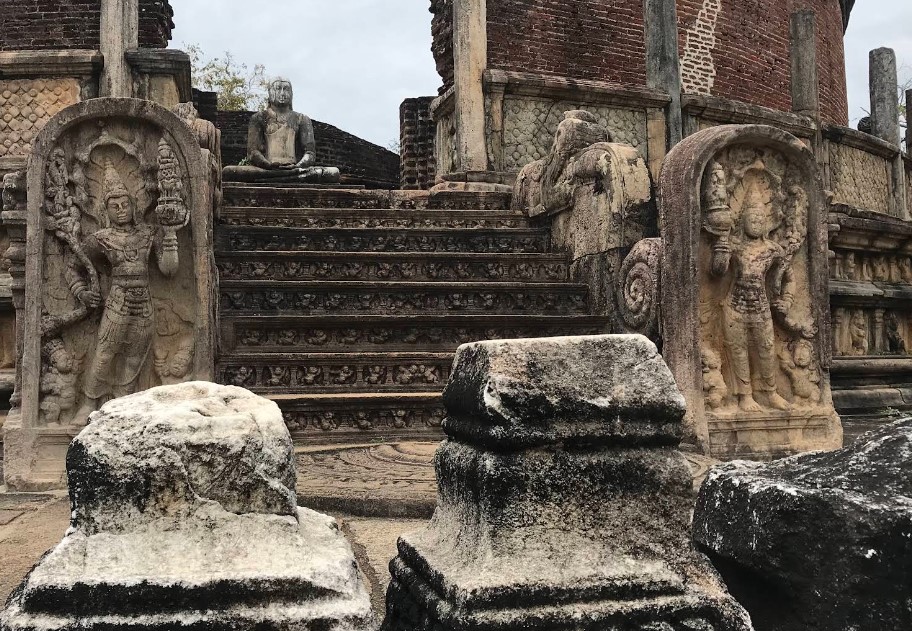
In the gentle curve of its lotus-pillars, a metaphor for the Buddhist path itself may be found—earthbound, yet reaching upwards into the light of enlightenment. Regardless of whether it is viewed as an artistic treasure, a religious sanctuary, or a vestige of royal piety, the Nissanka Latha Mandapaya continues to enthrall all who have contact with its graceful presence.
As tourists walk through its silent stones today, they find themselves embraced in a site where religion, art, and history converge—a subdued yet powerful resonance of Sri Lanka’s enduring cultural legacy.
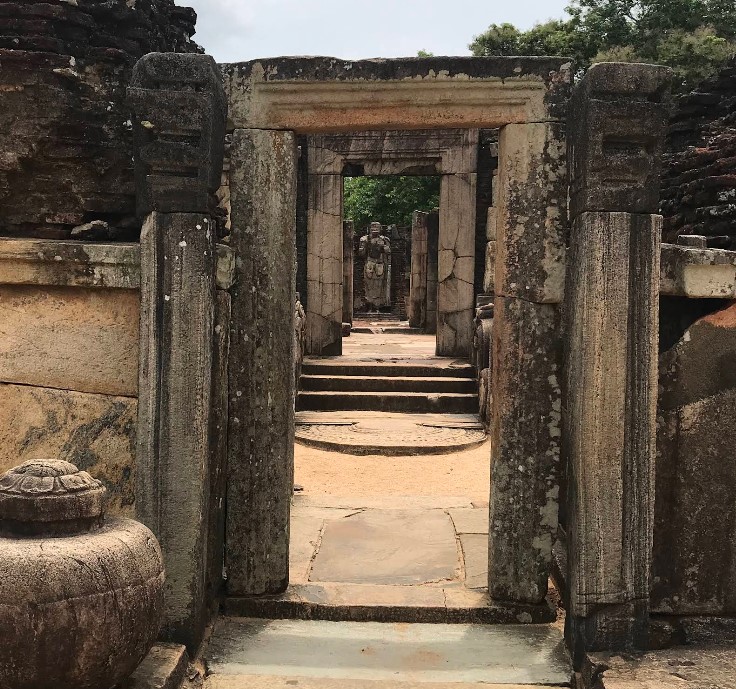
Location Overview
Nissanka Latha Mandapaya is located in the Ancient City of Polonnaruwa, a UNESCO World Heritage Site in Sri Lanka’s North Central Province.
- It lies within the Polonnaruwa Archaeological Site, close to the Royal Palace Complex.
- The site is well-marked and included in most historical walking or cycling tours of Polonnaruwa.
By Bus (Budget Option):
- Take a bus from Colombo Fort Bus Station to Polonnaruwa Town.
- Duration: 6–8 hours
- Cost: Around Rs. 400–600 (LKR)
By Train:
- Take a train from Colombo Fort to Polonnaruwa Station (via Batticaloa line).
- Duration: 6–7 hours
- Polonnaruwa Station is about 4 km from the archaeological site.
- From the station, take a tuk-tuk or taxi to the ruins.
By Private Vehicle or Taxi:
- Drive via the A06 road (Colombo → Dambulla → Polonnaruwa).
- Duration: Around 5–6 hours
- Ideal for travelers who prefer comfort and flexibility.
If You’re Already in Polonnaruwa:
- From Polonnaruwa Town Center:
- Distance to Nissanka Latha Mandapaya: About 3–4 km
- Travel Options:
- Tuk-tuk: Rs. 300–500 (LKR)
- Bicycle rental: Rs. 300–500/day – best for exploring the whole archaeological site at your own pace
- Walking: Possible, but best in cooler hours (early morning or late afternoon)
- Inside the Archaeological Site:
- Enter from the Main Archaeological Entrance (via Hathamuna Road).
- Nissanka Latha Mandapaya is located near the Royal Palace ruins, so it’s an easy stop along the main route.
- It is well signposted and marked on maps at the site.
Entrance Fee & Visiting Hours
- Entrance Ticket (covers all Polonnaruwa ruins):
- Foreigners: ~US$25 per adult
- SAARC countries: ~US$15
- Tickets available at the Polonnaruwa Archaeological Museum (required entry point)
- Opening Hours:
- Daily from 7:00 AM – 5:30 PM
- Best visited early morning or late afternoon to avoid midday heat
